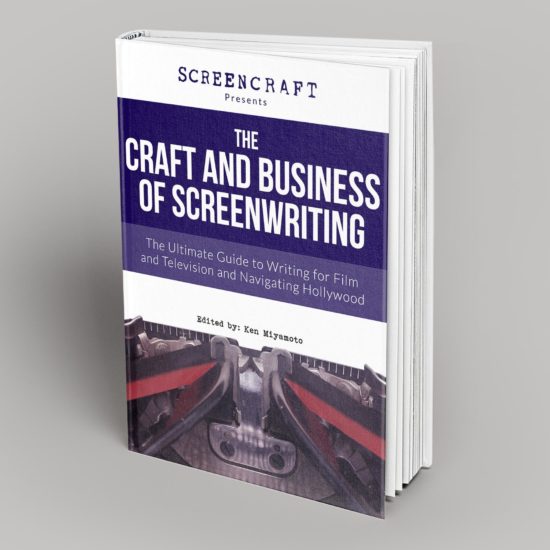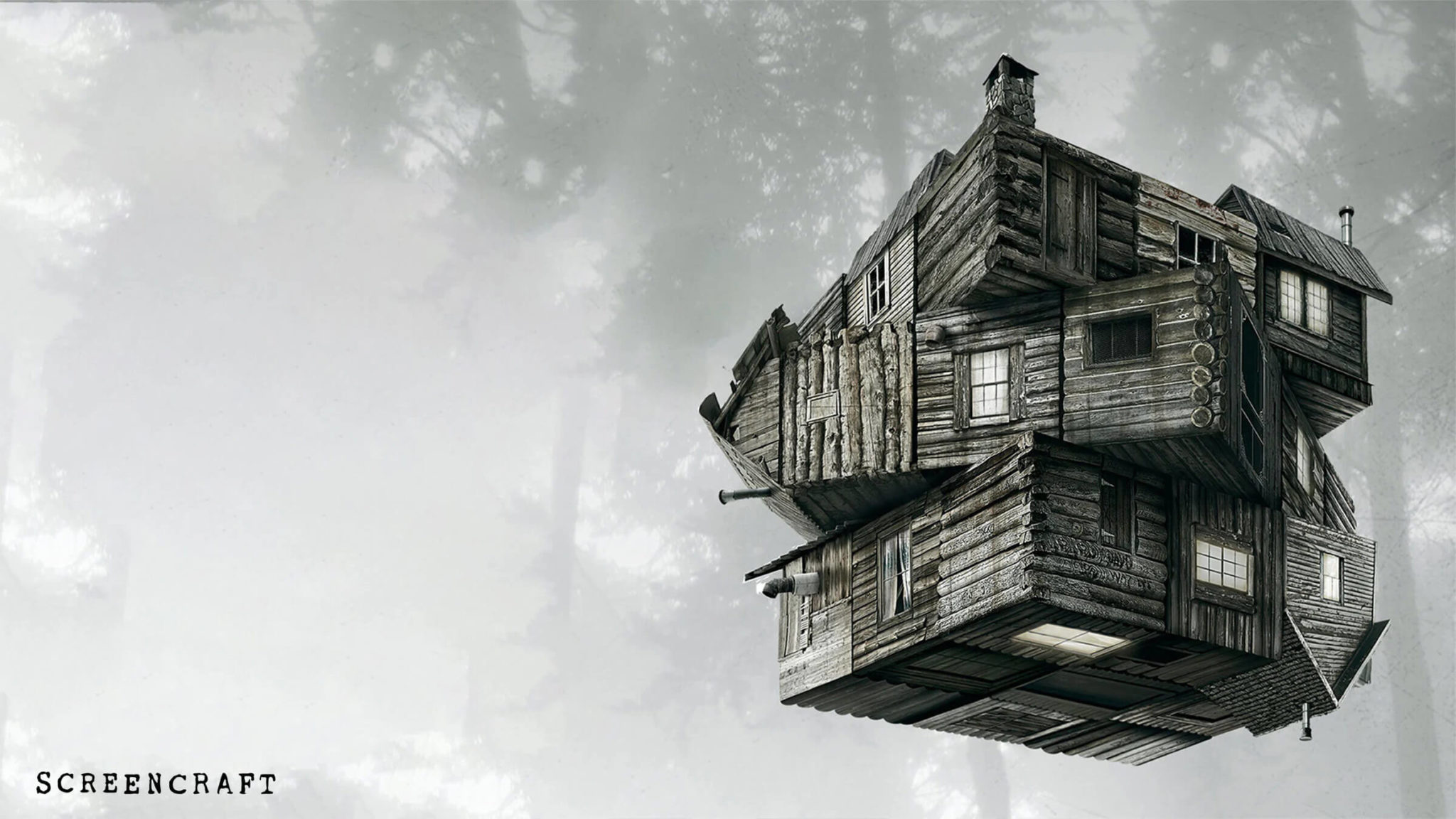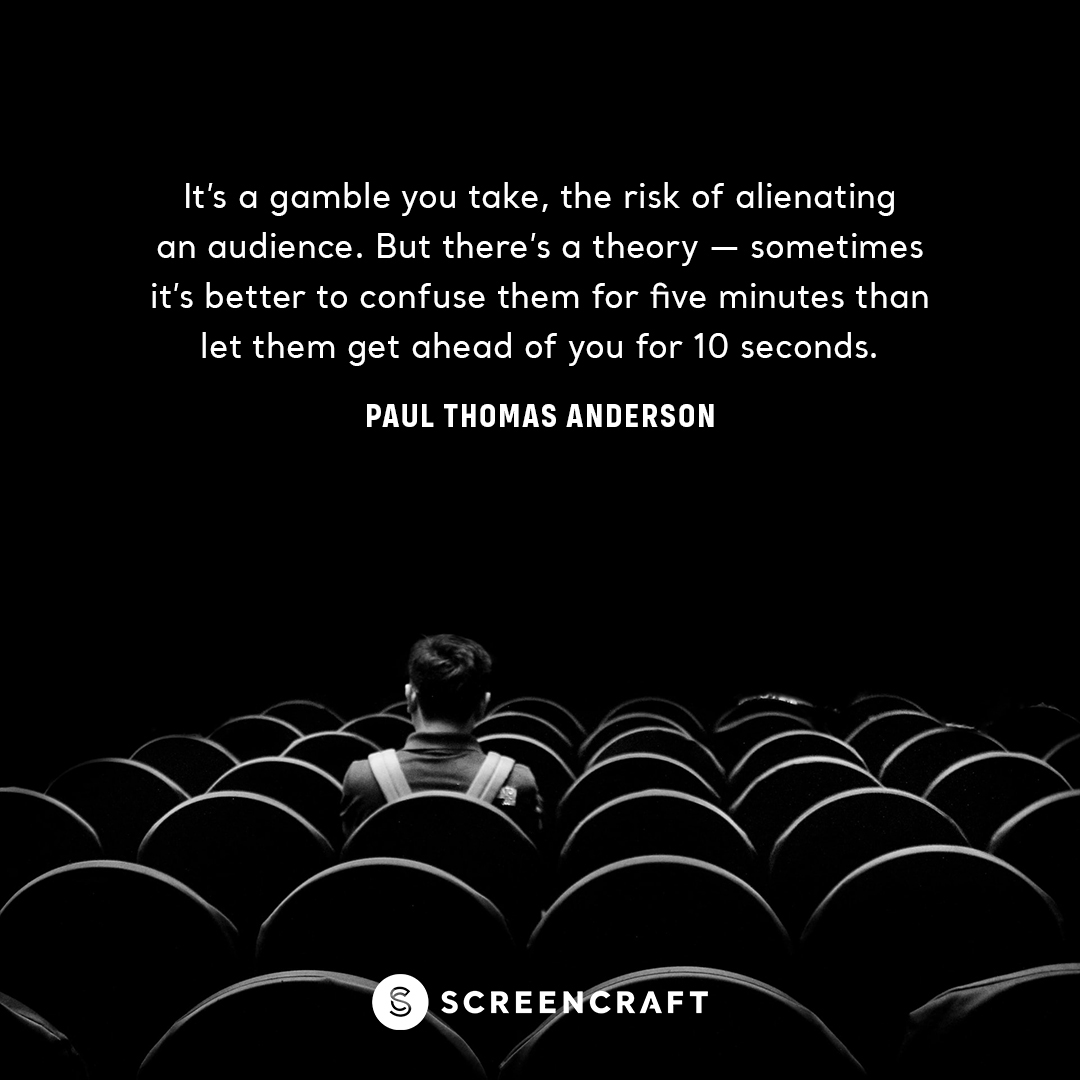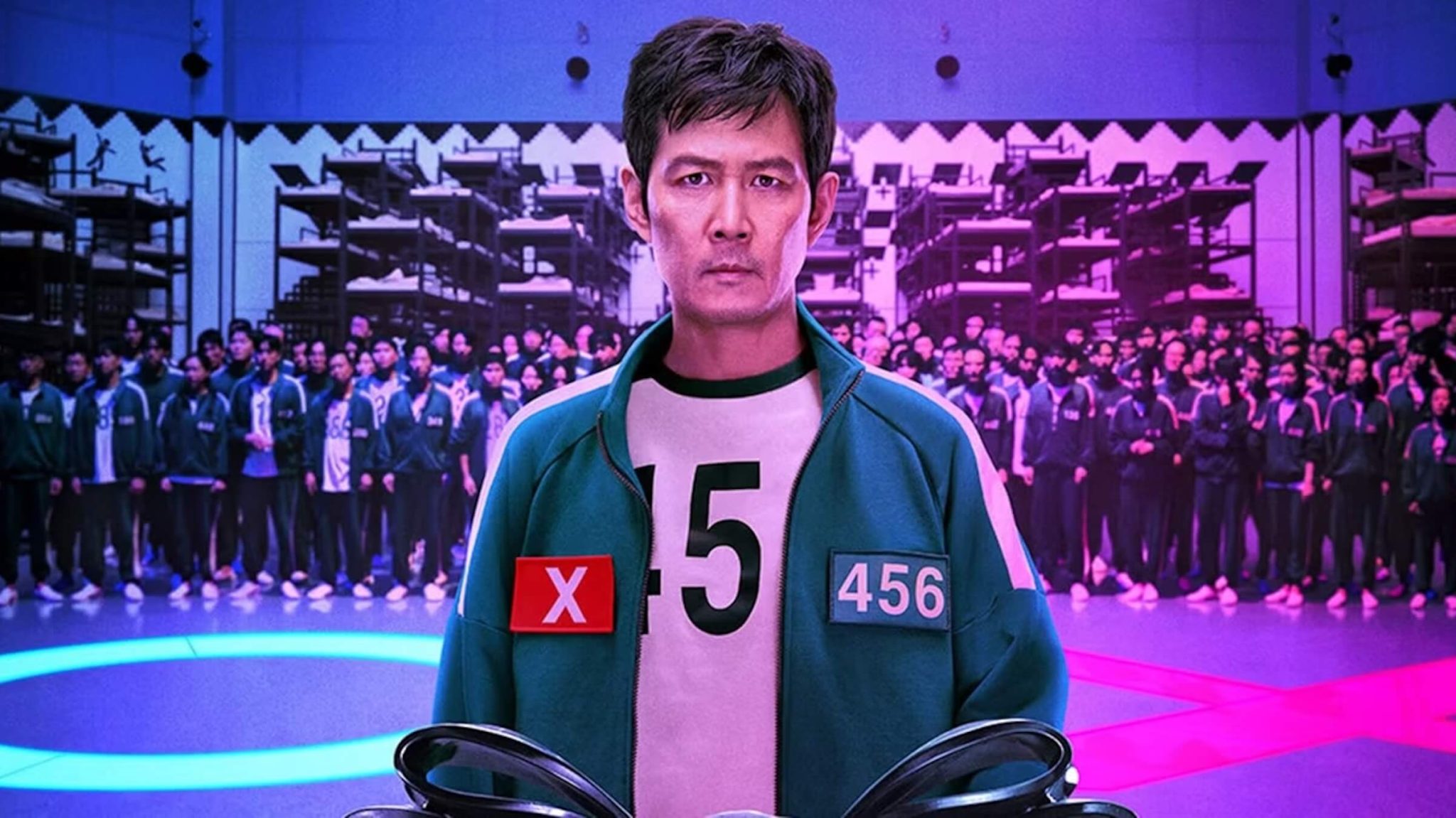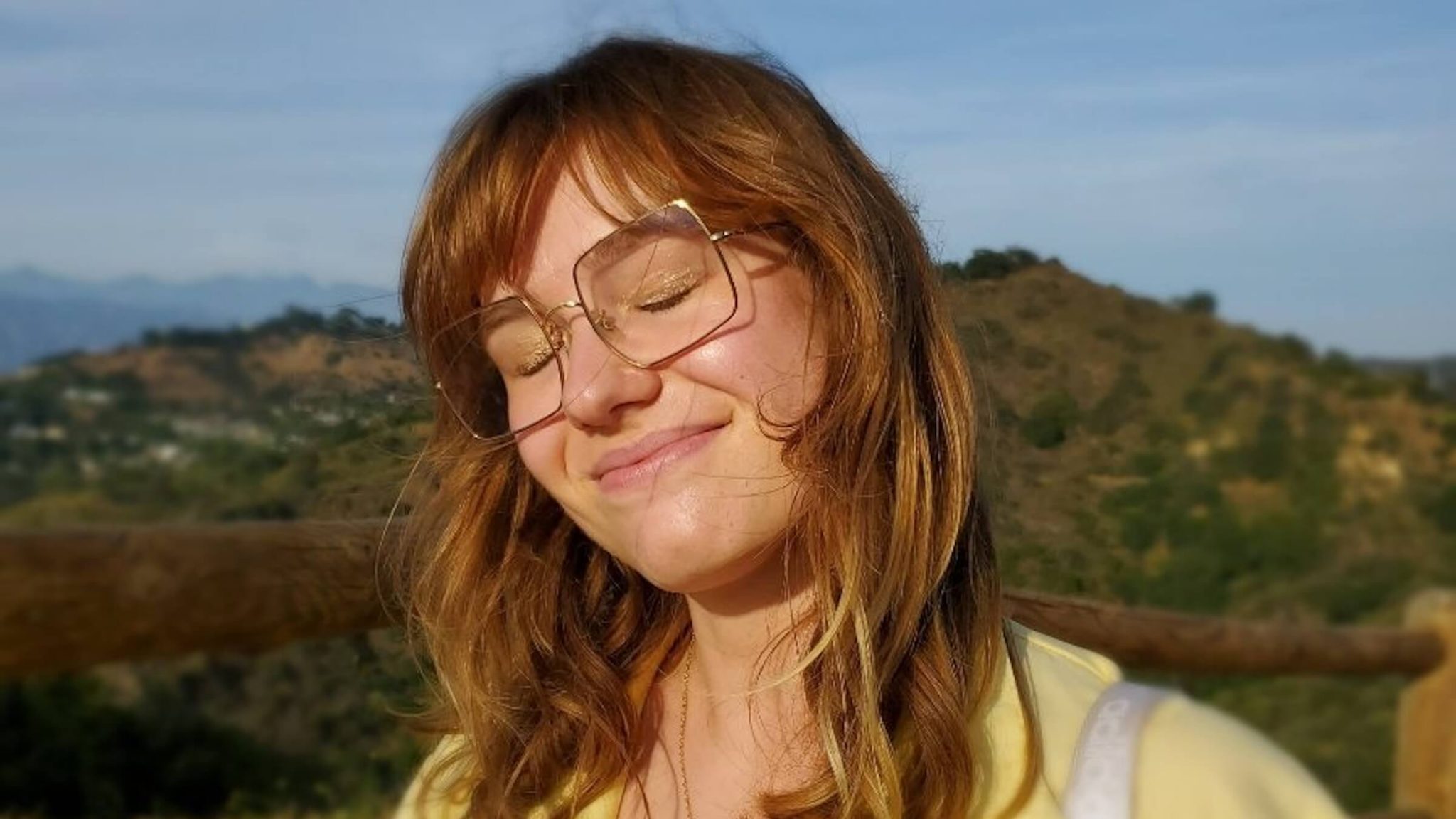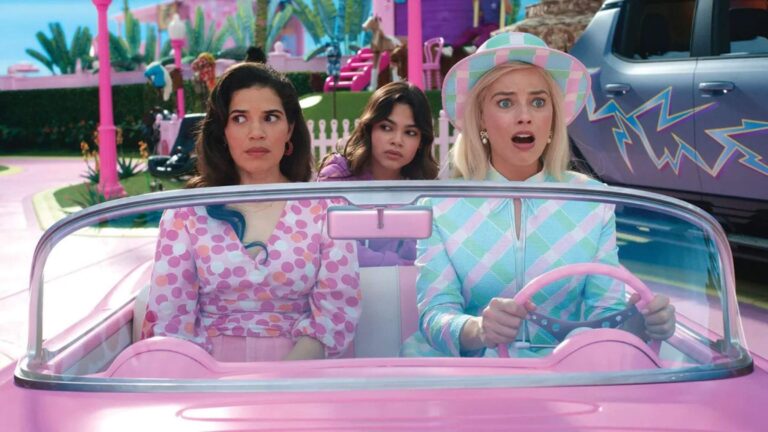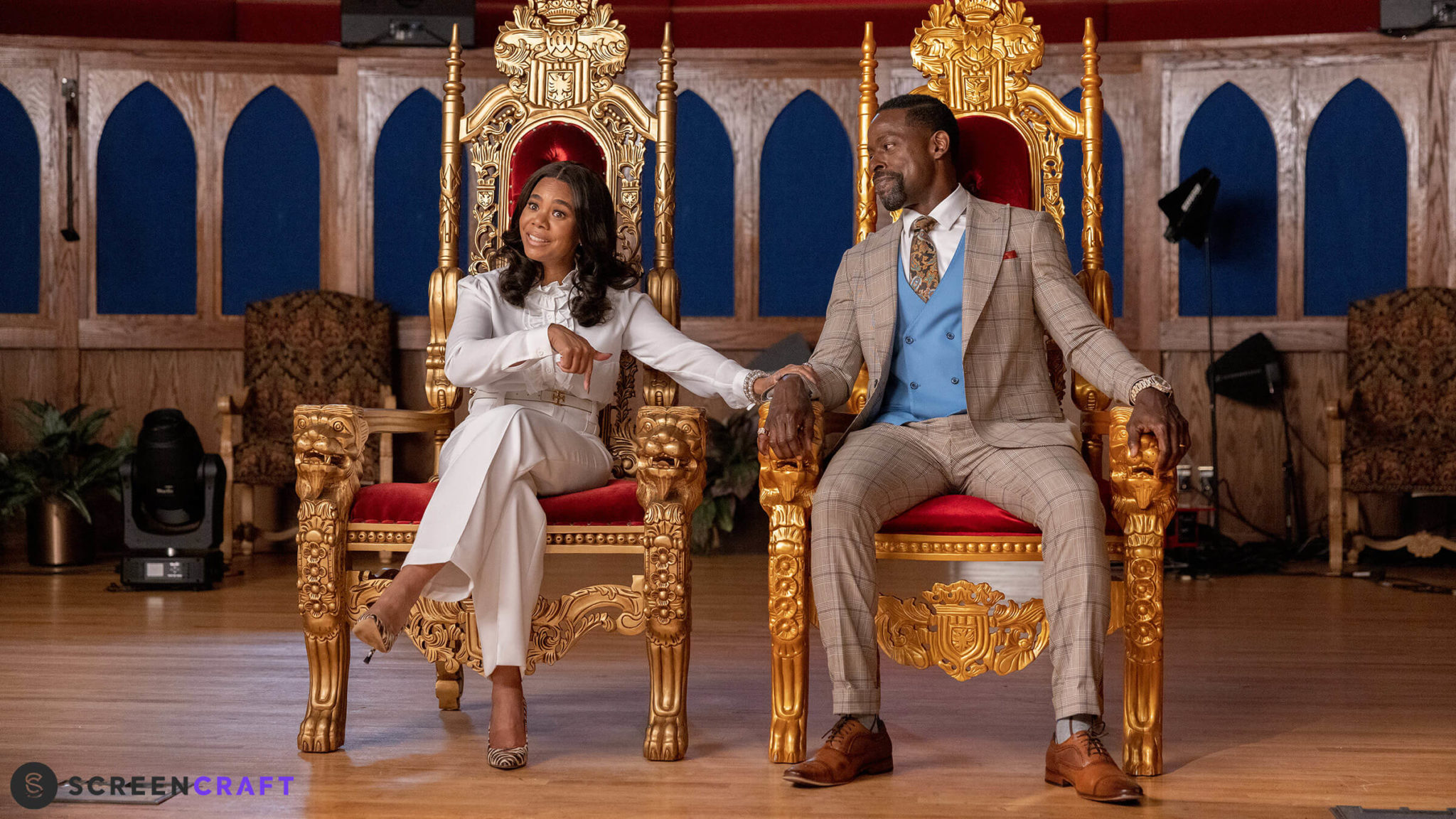What These 3 Oscar-Winning Short Films Can Teach You About Storytelling
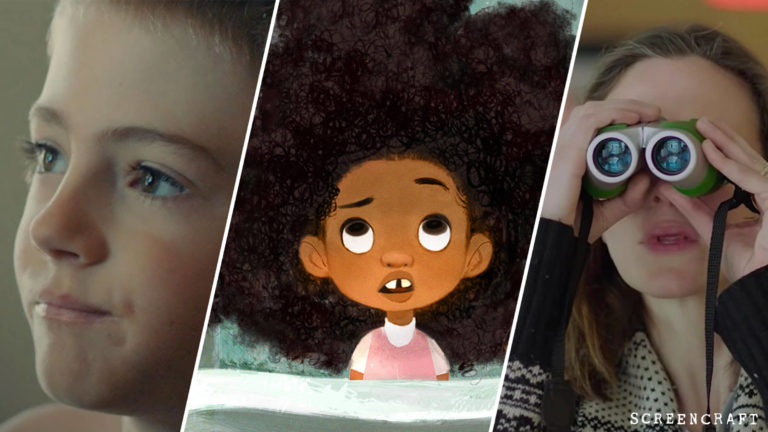
Short films can teach us so much about storytelling -- especially if they're Oscar winners.
Short films (typically under 30 minutes) are a lot like feature films – they have the same three-act structure – minus the “b” story, and they cover the same emotional ground found in a two-hour film, only they get to everything much, much quicker.
The thing that really stands out about a great short, however, is that the storytelling is as tight and concise as possible with the story mostly told through images, not dialogue. Studying short films can help you up your visual storytelling game, discover what your story is really about, and even show you how to use your own short to get your foot in the door.
So, as we eagerly await the Oscar nominations of 2022, let’s see what we can learn from the Oscar-winning shorts from the recent past.
The Neighbors’ Window
Best Live-Action Short Winner, 2020
Written/Directed by Marshall Curry
The Neighbors’ Window is a modern take on the Hitchcock classic Rear Window. Only here, we don’t see a murder through the window, we simply see a young couple engaged in an invigorating, passion-filled life.
When I first typed up the title of the film, I thought the apostrophe was misplaced (I thought it should be before the ‘s, not after). After watching the film, I realized the apostrophe is exactly where it needs to be, learning that the watcher can sometimes also be the watched. Let’s break down the first of our short films in terms of structure.
The Setup (Act I)
The opening shot is New York City. As an audience, we expect a film about busy lives, crowded living quarters, and fast-paced everything. The film delivers.
Introduction of the Protagonists
We meet Mom picking up after her kids before Dad enters, having just put the two kids to bed. They both seem stressed and tired from taking care of two kids, but after a moment of dialogue, it’s clear their bond is a loving one.
Inciting Incident: 1:12
Mom and Dad can see through the windows into the neighbor’s apartment. Both Mom and Dad are mesmerized by the couple in the window as they tear each other’s clothes off and begin a sexual encounter.
Conflict: 1:09
Mom wonders aloud if the neighbors shouldn’t have curtains or if they enjoy being watched. She judges them for their free-spirited, sexual exhibition but can’t take her eyes off. Now the conflict becomes clear: The responsibility of adulthood, particularly the duty of parenthood, bucks up against the lightness and freedom of youth.
The New World (Act II): 3:50
Now the relationship between Mom and Dad starts to take a toll when Mom, who’s been out with the kids all day, notes that Dad is not working in his office, but from the dining room where he has full view of the randy neighbors. But as the year goes on (marked by holiday decorations), the show in the neighbor’s window becomes their new normal. Slowly, the neighbor’s free-wheeling lifestyle becomes a welcome escape from Mom and Dad’s monotonous lives.
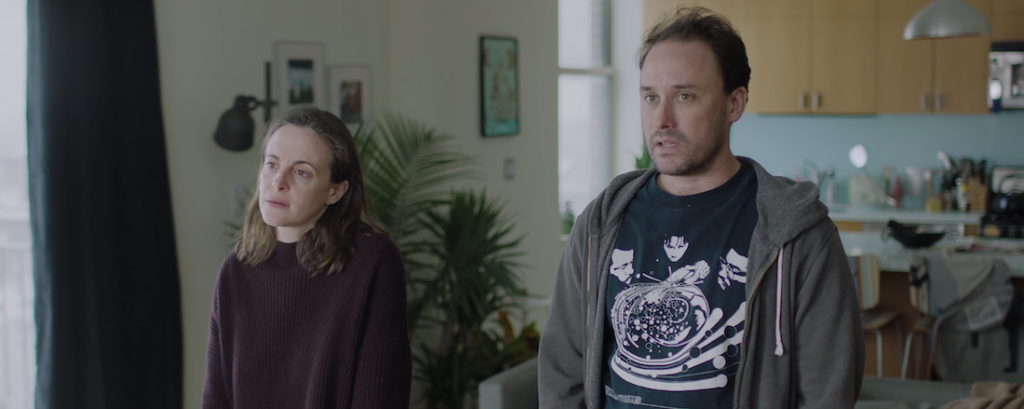
'The Neighbors' Window'
The Midpoint: 11.00
Mom and Dad notice the male neighbor across the street no longer has hair. Did he shave his head? They seem to fail to grasp that something terrible has befallen their neighbor.
A Change in Circumstances: 14.00
Mom realizes things have changed for the neighbors when the female neighbor crawls in bed with her lover, but it’s not for sex.
The Climax: 14:48
The carefree life of the male neighbor has taken an unexpected course and has now ended. From across the street, Mom reacts to his death.
The Twist Ending (Act III): 15:47
Mom leaves her own apartment and goes to the female neighbor across the street where she expresses her condolences and tries to comfort the neighbor. Mom then finds out something astonishing: just as she had watched the couple through the window, the couple also watched her and her family. It’s this twist, the last little bit of information, that implies hope in spite of death because it validates their life experience – no matter how mundane.
The Takeaway
This film starts as a seemingly familiar story but effortlessly folds into another more poignant story about urban life, love, and death. This layered film moves through the story quickly, but every moment feels real and earned, and the characters’ behaviors make sense. While it comes as a surprise that both neighbors were watching each other, the reveal is very grounded and life-affirming.
Lessons to be applied to feature films: As a screenwriter, it’s exciting to play with the expectations of the audience. This film tells the story from one side, proving that there’s no need to reveal everything that’s happening in a story upfront. Sure, there could have been scenes where we see the young couple watching the family across the street to establish the viewpoints of both sets of neighbors, but it wasn’t necessary. By not including these scenes, the emotional impact is much stronger when the truth is revealed.
Skin
Best Live-Action Short Winner, 2018
Written by Guy Nattiv & Sharon Maymon; Directed by Guy Nattiv
This film delves into racism and ignorance in ways that expose both the brutality and vulnerability of humanity.
The Setup (Act I)
A shoeless, Caucasian boy, Troy, gets his head shaved by his father, Jeffrey. We learn that Troy and Jeffrey are preparing for a day out with their tough, gang friends.
Out in the desert, Jeffrey takes a bet that Troy can shoot a watermelon from a distance. Troy succeeds, giving the audience valuable information: like in all short films, there’s no room for any ancillary or extra events. The fact that Troy is an excellent shot will come back later in the film.
Inciting Incident: (5:43)
In the checkout line at the grocery store, a Black man holds an action figure that catches the attention of Troy. But Troy doesn’t see the color of the man’s skin, only the toy he’s holding. But Troy’s father only sees the racial difference and becomes hostile. The scene descends into violence with Bronny, the Black man’s son who’s roughly the same age as Troy, watching his father’s assault from the car.
Midpoint: (12:24)
Jeffrey is taken by a gang of Black men. Jeffrey is out cold and the black men fire up a tattoo gun as young Bronny watches.
Visual Storytelling
Note that the dialogue drops out from 12:36 until 18:05, with the story being told only through images for nearly eight minutes.
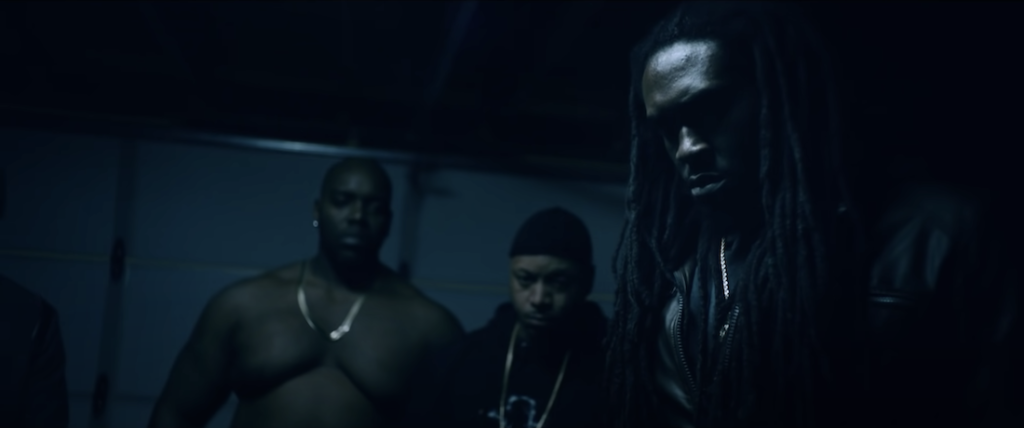
'Skin'
The Reveal: (17:45)
Though Jeffrey has returned home, he discovers his white skin has been tattooed black.
The Climax: (20:09)
Jeffrey makes his way inside his home, returning to his family but it is not a happy homecoming. Troy, with excellent aim, sees the black skin on the man he thinks is an intruder and shoots him in the back. Jeffrey is killed at the hands of his own son.
The Takeaway
While Jeffrey is the initial instigator in this racially motivated incident, this is a true tragedy meaning there are no winners in this story – only losers. Brutality is met with brutality, and all suffer the consequences.
Though this is a story with a harsh reality, it shows how quickly the tables can be turned when we trust our faulty, human perception. Just because a situation looks one way, doesn’t necessarily mean it is that way. This story exposes the fact that the color of one’s skin is really just a social construct and can easily change depending on a multitude of circumstances. As we write our screenplays, it’s good to keep in mind that one person’s point of view (i.e., Troy seeing black skin) isn’t necessarily the reality.
Hair Love
Best Animated Short Winner, 2020
Written by Matthew A. Cherry; Directed by Matthew A. Cherry, Everett Downing Jr., and Bruce W. Smith.
This film is filled with a loving magic that plays out beautifully in animation. You’ll want to keep your Kleenex nearby for this one.
The Setup
A little African American girl (Zuri) is woken up by her cat and discovers today is a special day as marked on her calendar.
Inciting Incident: 0.51
Zuri takes off her nightcap and her hair expands into a big, bountiful yet unruly mass of curly hair (her hair now becomes the source of conflict for the film but also has the potential for magic).
Visual Magic: 0:57
On the vlog, we get to see endless pictures of amazing, intricate hairstyles, each one more fun than the last. There is no need for words or dialogue here – the images say everything.
Dad Battles Hair: 2:40
Dad tries to conquer the powerful, unwieldy hair but loses the battle. How will he tame his daughter’s hair?
The Midpoint: 3:51
Zuri and Dad watch her mom’s hair vlog on the internet. The vlog is the magic elixir that can turn the challenge of unruly hair into a magical power. But what happened to Mom? We must be patient to find out.
The Story Twist/Reveal: 5:11
Mom, an expert in dealing with hair, now has no hair – likely as a result of cancer. But in this film, hair represents our life force. Without her hair, what will drive Mom to keep going?
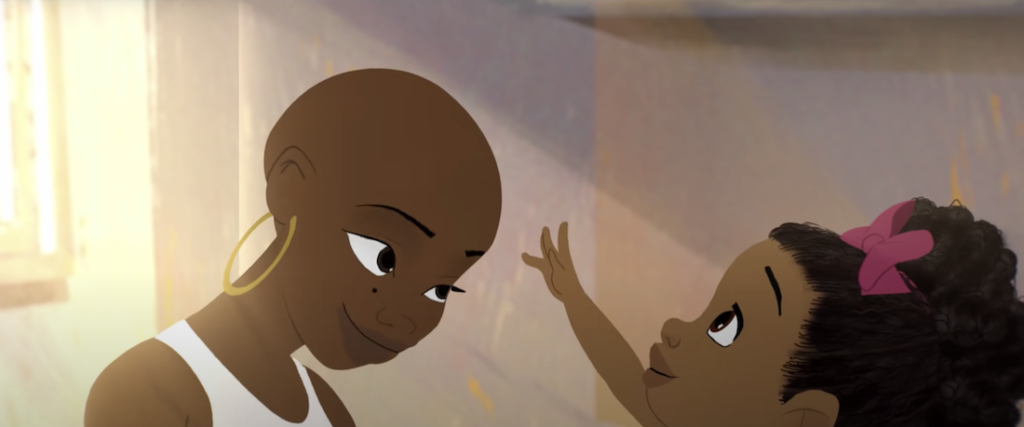
'Hair Love'
The Climax: 5:45
Zuri goes to visit Mom in the hospital. Zuri shows her mom a drawing of Mom without hair but wearing a crown. Mom takes off her own head covering and, due to the love from her daughter, can now accept her circumstance. The source of the magic has changed from hair to love.
The Takeaway
Like the previous film, a young child is featured here. Only, we get to see the story through her (Zuri’s) eyes. Using a child’s perspective, we can easily access a magical world where hair can be both enchanted and hostile. It is a world where only love can guide our characters through.
Watching the film, we only know what Zuri knows and it’s a great lesson in perspective – the writer only needs to reveal what the protagonist is experiencing, just like in the first film. But it’s the reveal – that mom has her own journey – one that sadly doesn’t involve hair, that makes the film so powerful.
Hair becomes a metaphor for many things in this film, including identity, control, beauty, and even life. Mom not having hair sets up a journey of resilience and sovereignty. Think about the “magic” in your story. Who has it and what do they do with it?
---
Short films, when done right, make a big emotional impact in a very small amount of time. As you write your feature-length screenplay, one exercise could be to imagine your movie as a short: Who or what has true agency (magic?) in the story? What story elements would you cut out or condense? What characters would you eliminate? What scenes could you tell visually without dialogue? Is there a point of view that can wait to be revealed until the end of the story?
Even just thinking about this exercise could help you really distill your story down to its most basic, important elements and help you tell the strongest, most powerful story possible.
Shanee Edwards is a screenwriter, journalist and author. After receiving her MFA in Screenwriting from UCLA, she was hired to adapt various stories for the screen including Apes or Angels, the true story of naturalist Charles Darwin, and Three Wishes, based on the New York Times best selfing novel by Kristen Ashley. You can listen to her interview Oscar-winning screenwriters on The Script Lab Podcast, or read her book Ada Lovelace: the Countess who Dreamed in Numbers. Follow her on Twitter: @ShaneeEdwards
Get Our Screenwriting Newsletter!
Get weekly writing inspiration delivered to your inbox - including industry news, popular articles, and more!






